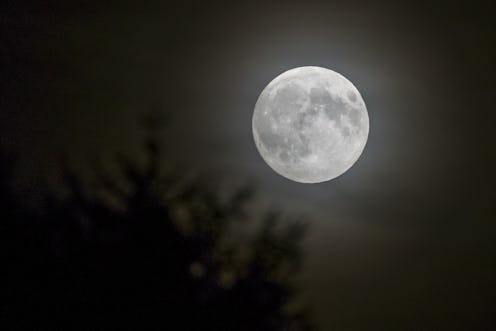News
What's A Beaver Moon?
If you're the kind of person who loves to see unique, unusual, or eye-catching celestial events, 2015 has been a damn fine year for you so far. We've had meteor showers, lunar eclipses, solar eclipses, and the ever-rare, so-called blood supermoon lunar eclipse — if you missed that one, you'll be waiting until 2033 to see another. And on November 25th, there'll be another moon-of-note hanging in the night sky, although this one is an annual affair: what, exactly, is a Beaver Moon?
First things first, if you're expecting something as rare, unique, or exciting as some of the lunar sights we've already seen this year, you're going to be a bit disappointed — it's no Blue Moon, that's for sure. Basically, the name "Beaver Moon" refers to a full moon in the month of November. That's it, just an yearly moniker. In truth, the full moons for each month have a slew of longstanding nicknames you can use — as EarthSky details, if you're looking at an April full moon, you could call it a Grass Moon or an Egg Moon. August? Why, that's a Green Corn Moon! Or, maybe a Sturgeon Moon?
In other words, these are basically arbitrary titles, but in that way that can still be sort of fun and engaging. There are competing claims out there about why November's is called a Beaver Moon, as Space.com details — it could be the start of beaver-trapping season, or it could be that it's around now when beavers start preparing for the cold winter months.
Or hey, maybe it's neither of those! These sorts of meanings can easily to get lost over time, and more to the point, it doesn't matter so much. These are really just fun nicknames for the various full moons of the month (whenever there's more than one full moon in a calendar month, that's typically dubbed a Blue Moon). It does give you a convenient reminder to plan ahead and catch a glimpse, though, and that's worthwhile — few familiar sights in the night sky as pleasant as that of a full moon.
So, if you're interested in spotting a Beaver Moon — the only one this year, needless to say — make sure to look to the night skies on the night of November 25th. By the time the next full moon rolls around, it'll be December's Cold Moon (or, if you prefer, the Long Night Moon).
